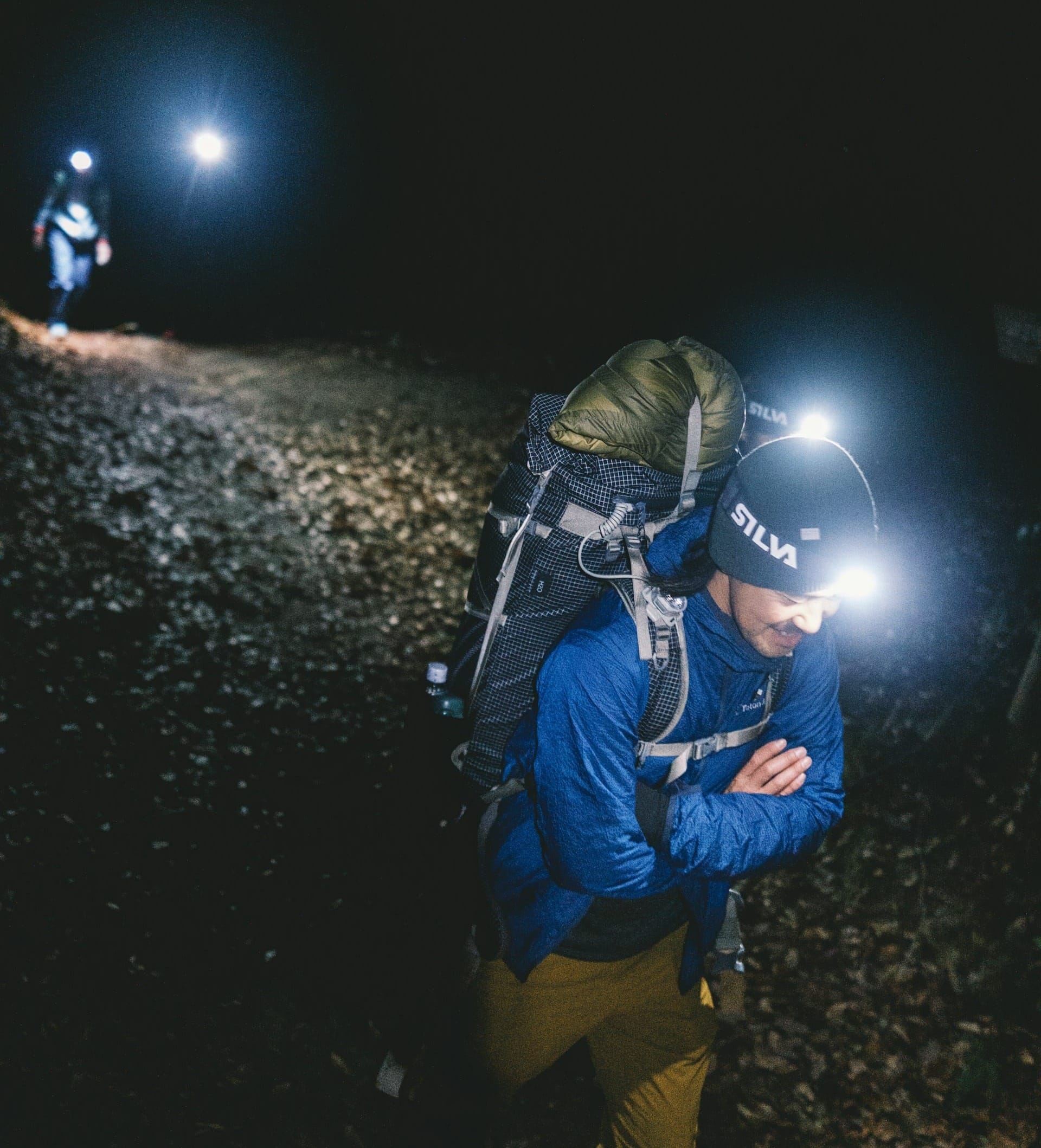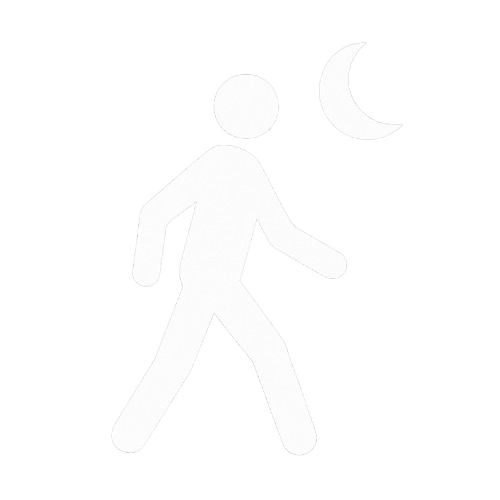Komoot Route Planning for Night Hikers

Before we begin, it's worth noting that Komoot's future remains uncertain. The Italian app development company Bending Spoons recently acquired Komoot and laid off 85 percent of its workforce. Bending Spoons has faced criticism for its aggressive business practices, raising questions about whether the app's experience will degrade for its 40+ million registered users. For now, though, Komoot remains a powerful tool for route planning.
Note: For those who would rather use a different route-planning app, I heartily suggest Footpath. You can find quick start instructions for route planning with Footpath here.
Getting Started
Download and Setup: You can plan a route using the Komoot iOS or Android app on your smartphone or through Komoot's website on your computer. As of early 2025, Komoot requires a Premium subscription for new users to sync routes to external devices like Garmin or Wahoo, though basic route planning remains free.
Step-by-Step Route Creation
- Choose Your Starting Point: Open Komoot and let your attention settle on the map before you. Navigate to your desired area, then place that first waypoint. A waypoint in Komoot is a specific location marker that helps define your route. Think of it as a digital breadcrumb that guides the app in creating your path from point A to point B, with stops at important locations along the way.
- Select "Hiking" Mode: From the activity options, choose "Hiking" with intention. Komoot gets to work assessing road surfaces to determine which trails, dirt, or gravel roads exist in the area and suggests a route for you. On my latest night hike using this app, the route it suggested led me to a blocked road that was under construction. Your mileage may vary. Literally.
- Add Waypoints Strategically: Click anywhere on the map to add another waypoint. If you click "Include on route," the Komoot route planner will automatically add and sort the new waypoint at the optimal spot on your route. Let each waypoint represent a moment of security:
- Well-lit areas that will welcome you in darkness
- Established paths where your feet will find sure footing
- Points of interest like parks, viewpoints, and safe places to rest
- Always avoid isolated places that create uncertainty
- Customize Your Route: Users can also add waypoints to the map and adjust the route as desired, and waypoints can be reordered. Watch as you drag the route line, shaping your path and finding safer, more accessible terrain perfect for night exploration.
- Create a Loop Route: You can create a loop with one click. This circular journey brings you back to where you began, transformed by the night but safely home.
Night-Specific Route Considerations
Surface and Terrain: Komoot reads the landscape for you, analyzing each surface. In the darkness ahead, your route should flow through:
- Paved paths that remain steady underfoot
- Well-maintained trails
- Terrain that rises and falls smoothly
Safety Features: Consider route difficulty as your guide to safe night hiking. The SAC (Swiss Alpine Club) Hiking Scale, which is standard throughout German-speaking countries, rates the difficulty of paths, hiking routes, and trails. For night hiking, choose easier-rated paths. They become your most trusted allies in low-light conditions.
Urban Integration: The city's lights become your constellation. Route yourself through:
- Illuminated park paths
- Neighborhood greenways
- Waterfront promenades where reflection doubles the illumination
- University campuses that hum with safe energy

Final Steps
Review and Save: Your route now exists, waiting for you. Save it to your profile, where it becomes part of your collection of night routes.
Download for Offline Use: Download your route and surrounding maps, creating a digital compass that works even when the world grows quiet and disconnected.
Test and Adjust: After your first night walk along this path, return to Komoot with fresh understanding. Let your experience guide adjustments to lighting, terrain, and those subtle safety elements only a good night hike can teach.
Pro Tips for Night Route Planning
As you continue creating these nighttime pathways, let these principles settle into your planning rhythm:
- Keep routes between 3-8 miles, a distance that factors in night's slower pace
- Plan for time to expand, allowing 1.5-2x longer than daylight would demand
- Include escape routes where main roads offer quick sanctuary
- Notice how seasons shift the balance of light and shadow
- Always leave word of your intended journey with someone who cares
With each route you create, you're building a library of safe passage through the night. Turn your next nighttime hike into an adventure with Komoot, where the familiar world reveals its hidden wonders to those who venture forth after dark.
